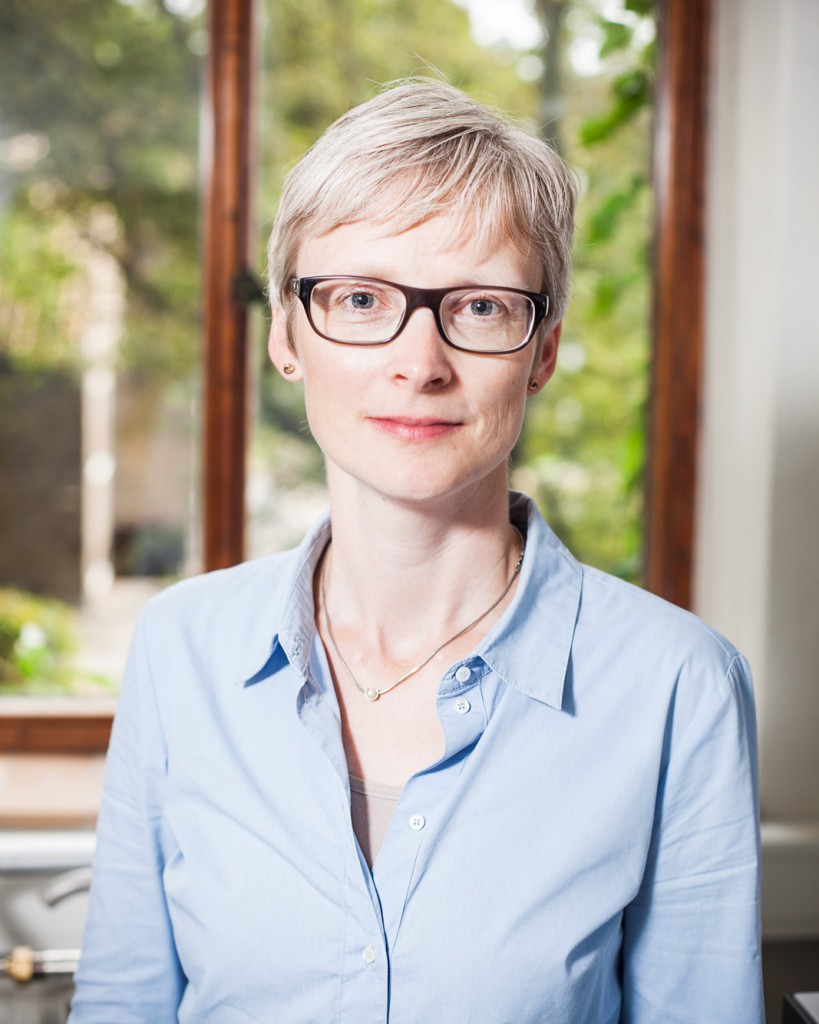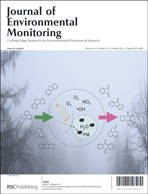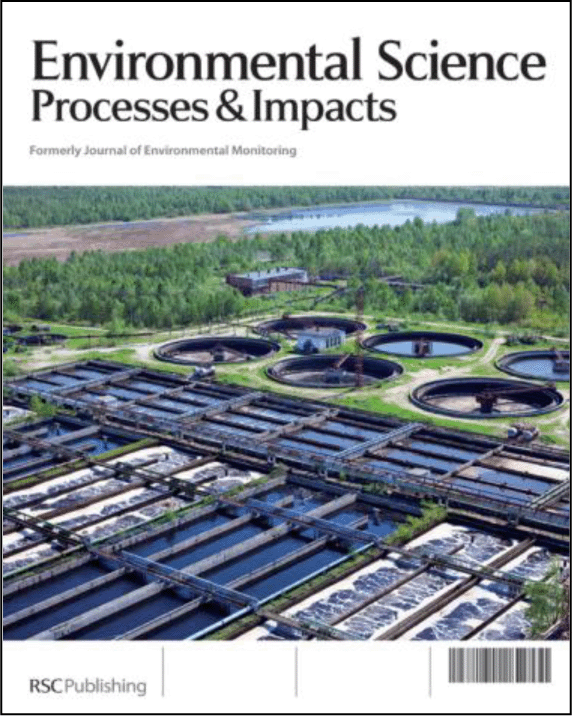Diarrheal disease is the second leading cause of death in children under five years, killing almost 800,000 children every year. A combination of different causes, such as poor hygiene conditions and malnutrition, make low and middle income countries more susceptible to the disease. In recent years, there has been a successful campaign to decrease this high mortality rate, from almost 2.5 million deaths in the year 2000, representing a decrease of 70 to 80%. However, the amount of diarrheal episodes, or morbidity, is still very high. Taking into consideration the problems in decreasing the morbidity, Timothy R. Julian brings a perspective emphasizing the interventions that would be most effective at reducing the burden of diarrheal disease.
The vast majority of diarrheal episodes is caused by pathogens, notably rotavirus, norovirus, E. coli, Shighella spp and Cryptosporidium spp. These present different dose-response relationship, with some being more likely to infect a child after exposure (Figure 1). According to these estimates, a great decrease in exposure is often need to reduce the probability of infection and therefore interventions should focus on minimising children exposure to the pathogens.

Figure 1. Median estimates for dose-relationship for common diarrheal pathogens.
As data regarding quantitative pathogen and human-environment interaction data is sparse, scientists often use proxy measures, like human feces equivalents, to estimate exposure risks. For example, probability of infection is calculated using the HID50 (the pathogen dose at which there is a 50% likelihood of infection) and the shedding rate (eq. 1). Estimates for environmental contamination is also presented (eq. 2).


Diarrheal disease pathogens – E. coli organisms are usually divided into two categories: enterotoxigenic (ETEC) and enteropathogenic (EPEC). Infectivity is usually strain specific and it is in general relatively low, with HID50s ranging from 105 to 108 cells for ETEC and 105 to 107 cells for EPEC, corresponding to 0.001 to 10 g and 0.01 to 1 g of feces of an infected person, respectively. Despite being similar to E. Coli, Shigella spp are more infective, presenting an HID50 of around 103 cells, which corresponds to 0.01 to 1 g of infected feces. The protozoal pathogens Cryptosporidium spp are highly infective, with an HID50 as low as 9 oocysts (10-1 to 10-5 of the amount of feces shed in a day during infection). With high shedding and high infectivity rates, rotavirus is arguably the most important enteric pathogen: the HID50 is 6 focus-forming units (FFU), equivalent to only 10-3 to 10-9 g feces of an infected person. Different from rotavirus (endemic), norovirus is characterised by its role in epidemic outbreaks. Its HID50 is 1320 genome equivalents for susceptible people (some people are naturally resistant), which corresponds to 10-4 to 10-5 g of infected feces.
Environmental transmission – The routes of transmission can be explained using the F-diagram (Figure 2). The diagram connects six environmental reservoirs for the pathogens. Interactions between infected feces and these reservoirs (through human, animal and natural processes) and subsequent interactions between the reservoirs and susceptible people result in infections.

Figure 2. The F-diagram showing the complex transmission pathways of diarrheal diseases.
With 23% of the global population using unsafe water, this reservoir is arguably the most important route of exposure to the most important pathogens (all of them have been detected in stored drinking water in LMICs), especially for rotavirus, norovirus and Cryptosporidium spp, due to the high infectivity of these.
Food is also an efficient transmission pathway, especially for bacterial pathogens that can grow in these environments. Fecal bacterial is frequently detected on hands on LMICs, posing both a direct and indirect route of transmission. Flies are important due to their interactions with both feces and food. Fields (referring to crops and soil) are primarily an intermediate reservoir, but also play a role in copraphagy and geophagy in some regions. Finally, fomites are extensively contaminated with infected feces in LMICs, contributing to the ubiquity of the pathogens throughout a household and other environments.
Perspective – Having in mind the multiple factors involved in the transmission of diarrheal pathogens (for example, etiology, infectivity, fecal shedding rate, reservoirs, human-reservoirs-nature interactions and sanitation) and that these are most likely region/site/country specific, it is important to combine interventions to interrupt simultaneously all the relevant transmission routes. For bacterial agents, reducing geophagy, prevention of growth in food and fly control could be effective in reducing exposure and therefore infection. Cryptosporidium spp and norovirus are more difficult to control due to high shedding and infectivity rates. A combination of fecal management, water and hygiene control and limited contact with infected people would be necessary. Unfortunately, rotavirus is almost impossible to control, with vaccination, nutrition and health care being the current focus to delay infection until after the first year of the child, when the mortality is reduced.
With multiple and specific interventions is therefore possible to successfully achieve great reductions in the burden of diarrheal diseases in LMICs and maybe reach eradication in the future.
To read the full Open Access article, click the link below:
Environmental transmission of diarrheal pathogens in low and middle income countries
Timothy R. Julian
Environ. Sci.: Processes Impacts, 2016,18, 944-955
DOI: 10.1039/C6EM00222F

—————-
About the webwriter
Luiza Cruz is a PhD student in the Barrett Group at Imperial College London. Her work is towards the development of new medicines, using medicinal and natural products chemistry.
—————-














 Switching off fans and closing car windows can minimise drivers’ exposure to harmful particles.
Switching off fans and closing car windows can minimise drivers’ exposure to harmful particles.








